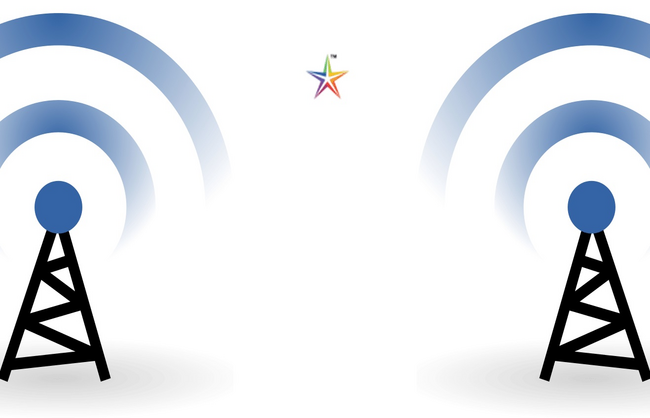Augmented Reality Headsets Will Replace Your Office Desk and Computer
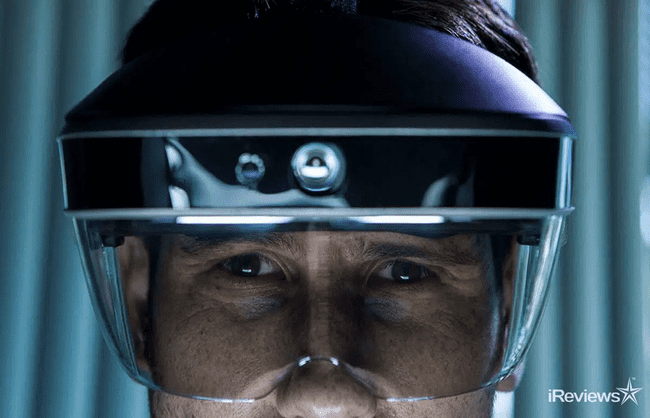
Augmented reality (AR) is an exciting prospect of our near future. We are able to superimpose holographic images onto our world through lenses or headsets. The fun parts of augmented reality include watching entertainment in high definition, but right now there is a race to develop AR for the corporate world. A company named Meta is demonstrating that they are not afraid to compete with the likes of Microsoft and other tech titans to dominate this niche.
The Race for Office Space
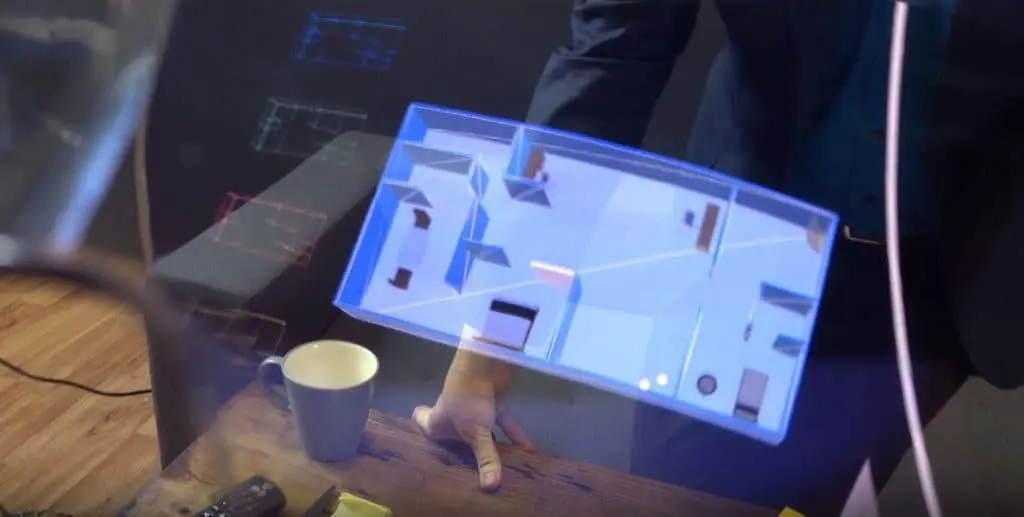
We know how Bill Gates’ Windows computer system transformed offices. These days, Microsoft is developing AR for commercial use. San Francisco startup Meta is one of their competitors in creating early commercial AR. Florida-based Magic Leap is also a competitor; they’ve raised over a billion dollars, so Meta is facing many tough opponents in this ambitious goal.
Magic Leap’s commercials are about using augmented reality in schools and education, in everyday life, and in the office. But Meta is only trying to achieve success with one facet of AR’s many uses: productivity and enterprise.
Meron Gribetz, Meta’s CEO, says this is based off of his initial AR headset, which he launched on Kickstarter in 2013. Gribetz mentions that most of the 400+ enterprise buyers of the product were mainly focused on productivity.
Meta’s Augmented Reality Technology
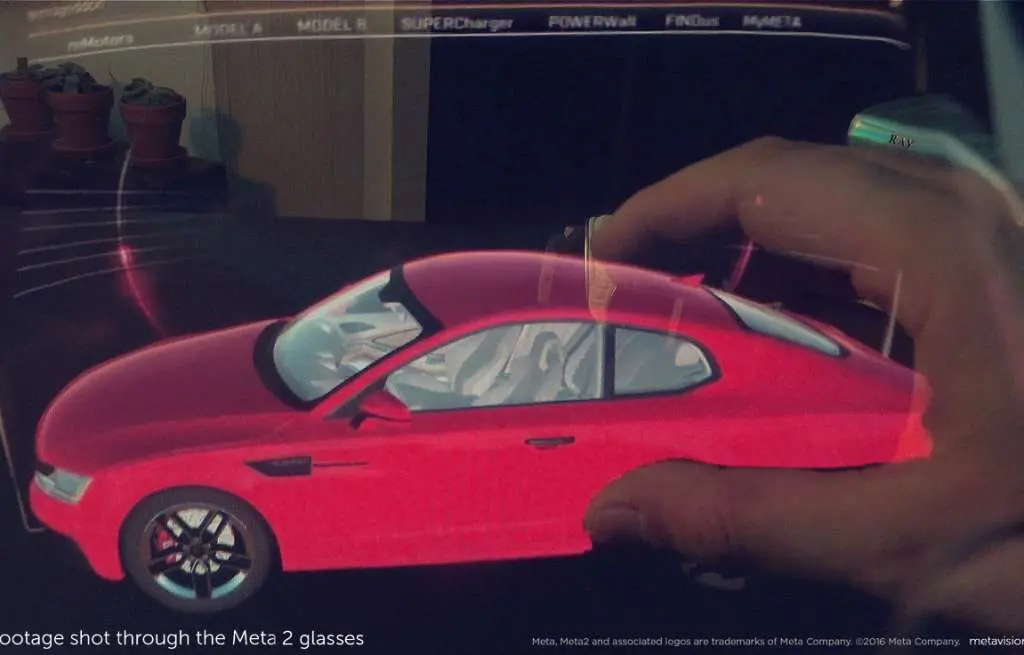
With Meta’s AR headset, a user can manipulate 3D holograms with their hands. They can browse the Internet, send emails, write code, move windows as needed, and more. Gribetz is on a mission to end the “tyranny of the modern office”; he sees a future without monitors, keyboards, and eventually cubicles.
In fact, Gribetz’s office is a step towards that future. Instead of a desk, he sits at a ten-by-one foot plank of redwood. It’s so thin, it can’t hold a monitor. Gribetz says he wears his Meta headset all day at work.
Gribetz explains his vision of “cognitively healthy computing” as helping users bridge “the latency between imagination and creation”.
“This won’t happen overnight. But certainly if you move forward about a decade or even less, people will have strips of glass that will look very much like the glasses I have on, that will be able to do everything that a computer, a tablet, or a phone will be able to do, and a whole lot more.”
– Gribetz
Gribetz founded Meta after studying neuroscience and computer science at Columbia University. The first Meta prototype he made was with an oven-heated knife and hot-glue gun. The company’s progress from its early days in 2012 is impressive. Last year, Meta raised $50 million in funds from investors like Lenovo Group Ltd. and Tencent Holdings Ltd.
And at Meta, employees double as test subjects that report bugs, user experience issues, and general opinions.
The Experiment
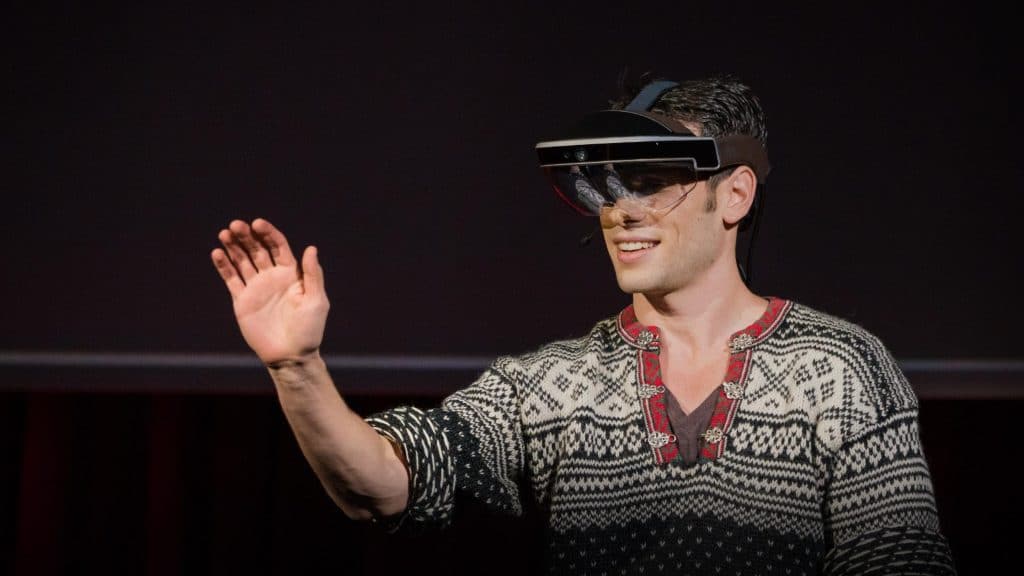
Meta encourages its employees to maintain daily logs about their experience with daily use of the headset at work. Neuroscientists oversee the experiment, and they collect data from the employees: how your eyes and body feel in the headset, how much work is accomplished compared to monitors, and other day-to-day nuances of the overall experience.
The experiment began with the engineers, and it ended badly. The engineers said they couldn’t get their work done in a timely manner without their monitors. Software packages that the engineers used were not all compatible with the headsets. They couldn’t test and write code at the same time. Ben Lucas, a coder at Meta, said the early days in the headset were “discombobulating”, like being on a boat. And the headset didn’t fit snugly.
Eventually, the engineers got off the hook. Now, only marketing, sales, and administration are slowly acclimated to using the headsets. The experiment worked: user comments started coming in. Meta hosted a company-wide hackathon to create various applications, like a 3D data visualization tool, a sticky note app, and a stress-relieving orb.
Meta 2 Headset
The latest edition of the headset has a much wider field of view than Microsoft’s AR glasses, the HoloLens. The Meta 2 Developer Kit has a 90-degree field of vision, which makes for a much more intimate experience with the AR goggles. And it only weighs 1.1 lbs (500 grams).
Gribetz claims the operating system will be 10 times easier to use than an iPhone. That’s the goal anyway, and the technology is still evolving. Today, developers and companies use the headsets, from architects to designers to auto manufacturers. By 2017’s end, Meta projects that more than 10,000 people will be using the $949 headset.
Meta plans to foray into education and life sciences soon, says Joe Mikhail, Meta’s chief revenue officer. Mikhail says Meta is more of an OS company, so expect to see it in and out of the office in the near future.
Sources: Newco Shift, Bloomberg Technology, Silicon Angle



